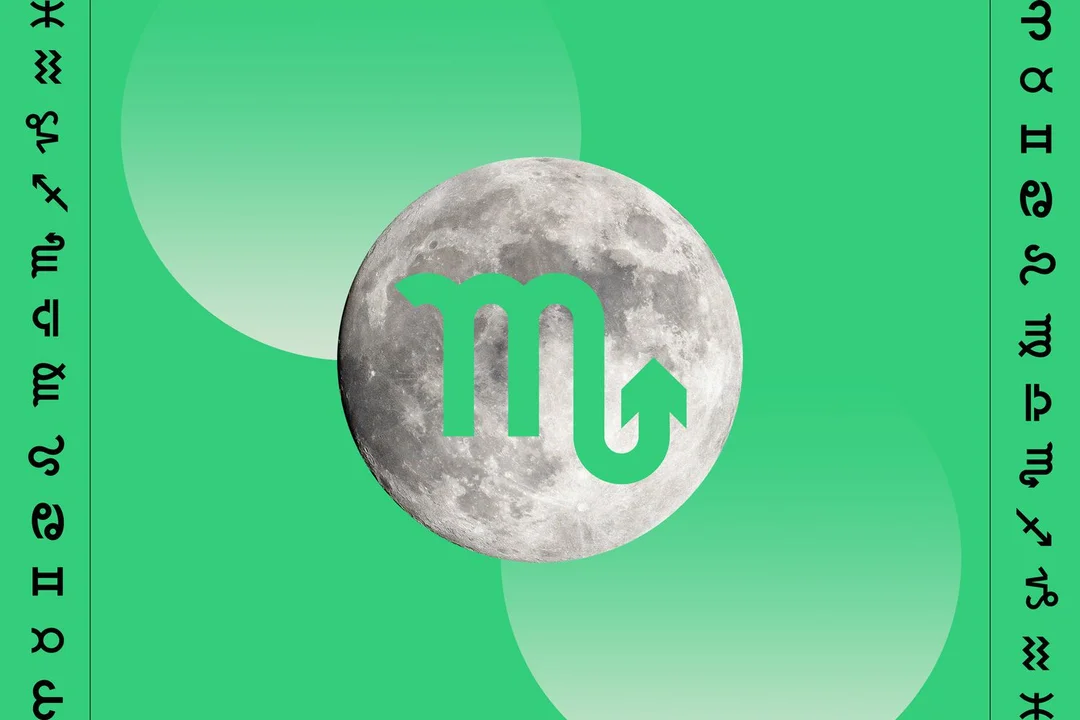
Don’t Miss It! May’s Full Flower Moon Set to Dazzle Stargazers
Get ready for a celestial spectacle! May's full moon, popularly known as the Flower Moon, is poised to light up the night sky. Despite being a micromoon, appearing slightly smaller than usual, its brilliance promises a captivating sight for stargazers. Here's everything you need to know to catch this lunar event.
What Makes It Special?
While the full moon technically peaks in the midday hours in the East Coast on Monday, it will appear full on both Sunday and Monday evenings. As reported by EarthSky, the moon will rise in the southeast after sunset and reach its highest point after midnight. What makes this Flower Moon unique is its status as the third and final micromoon of the year. This occurs when the moon is at its farthest point from Earth, approximately 251,939 miles (405,456 kilometers) away, according to NASA.

Flower Moon: More Than Just a Name
The name Flower Moon originates from the Comanche tradition, signifying the abundant blossoms of spring. Different indigenous tribes have their own unique names for May's full moon. For example, the Creek and Choctaw people call it the Mulberry Moon, while the Cree refer to it as the Frog Moon.
When and Where to Watch
The best time to view the Flower Moon is on the night of May 12th. Stargazers in New York can spot it rising above the southeastern horizon around 8:30 p.m. EDT. Check a skywatching app like SkySafari or software like Starry Night for precise times in your location.
According to Space.com, observers might notice the moon appearing slightly orange or yellow due to light scattering in Earth's atmosphere when it is low on the horizon. To enhance your viewing experience, consider using binoculars or a telescope; this will allow you examine lunar seas, craters, and the remnants of old impact sites.

Beyond the Moon
Even though the bright Flower Moon might make viewing fainter astronomical objects more challenging, there's still plenty to see. Look for Mars and Jupiter in the western sky after sunset, and the bright stars Arcturus and Spica near the moon.
Early risers can also catch Saturn, Venus, and Neptune rising in the eastern sky before dawn on May 13th, close to the descending moon.
Looking Ahead
After the Flower Moon, there are seven more full moons to anticipate in 2025, including supermoons in October, November, and December. Additionally, keep an eye out for a total lunar eclipse on September 7-8, visible from Europe, Africa, Asia, and Australia, and a partial solar eclipse on September 21, visible from parts of Australia, Antarctica, and the Pacific Ocean.
Don’t miss the chance to witness this beautiful celestial event. Will you be setting an alarm to see the Flower Moon? Share your viewing plans and thoughts in the comments below.
Related issues news
What is the May full moon called?
May's full moon, known by its popular nickname as the flower moon to signify the many blossoms of spring, will be bright in the sky on Sunday night u2014 despite it being a u201cmicromoon.u201d The full moon technically peaks at 12:56 p.m. ET on Monday, but it will appear full on Sunday and Monday evening, according to EarthSky.
When is the May 2025 full moon?
May's full moon will appear full to our eyes starting Sunday night May 11 through early Tuesday, May 13. The May 2025 full moon, also called the 'flower moon,' officially occurs on Monday, May 12, giving skywatchers who are now enjoying milder conditions a chance to see a micromoon.
When is the full moon in Scorpio?
The full moon in Scorpio, which occurs on May 12 at 12:56 p.m. ET, is set to impact four zodiac signs most intensely. The lunation occurs in the fixed sign Scorpio.
What is May's full moon called?
Typically called the Flower Moon, May's full moon reaches full illumination in the midday hours on the East Coast, but it will rise at prime time in the evening to put on a delightful show.